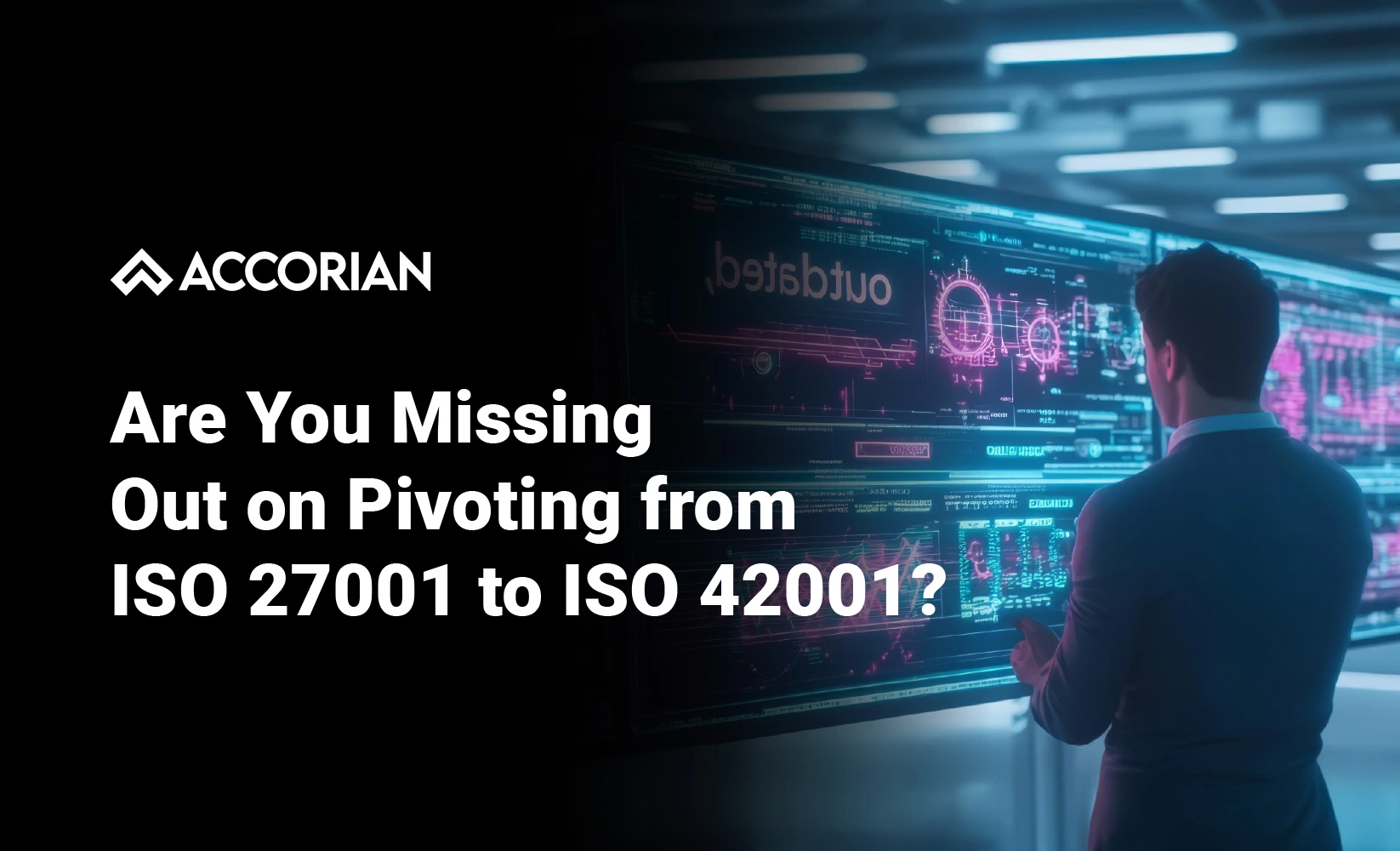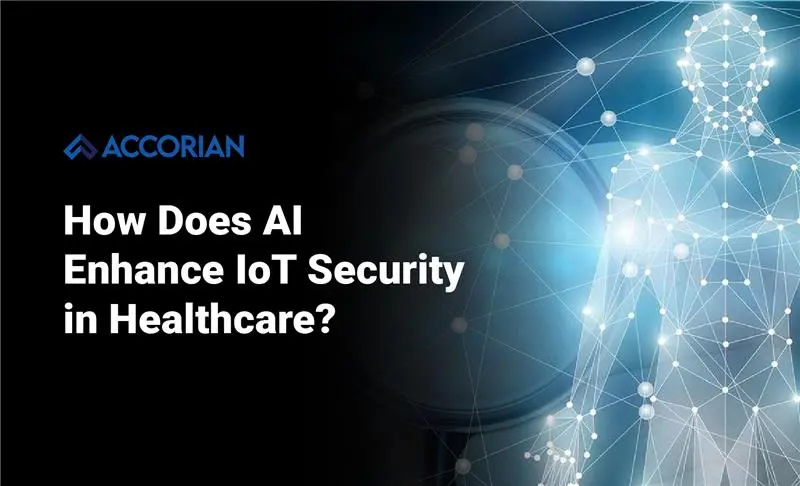Written By: Anirudh Sumra ||
Service Organization Control 2, popularly known as SOC 2, is an AICPA auditing standard for service providers who store, transmit, or process client data. The attestation demonstrates that the organization adheres to stated controls, policies, and procedures, thereby having strict measures to safeguard data and critical assets in play. Companies that are not SOC 2 compliant are at higher risk for data breaches, which can result in substantial financial losses. For example, in 2023, the average data breach cost was around $4.45 million. This includes costs associated with lost business, legal fees, regulatory fines, and remediation efforts. Due to the consequence, approximately 50-70% of SaaS companies in the U.S. have or are working towards SOC 2 compliance, especially those providing cloud-based services.
While attaining SOC 2 compliance has many advantages, the organization must also manage several significant challenges that arise during the process. Let’s explore some of the risks that organizations encounter with the intricacies of SOC 2.
Ownership & Program Management
The most critical yet straightforward challenge the organization encounters is a false belief that ‘achieving SOC 2 compliance is the sole ownership of the Information Security team’, which is not true. It is a solemn commitment that the company’s leadership must uphold. Leaders must champion the cause, ensuring that key stakeholders across all domains collaborate effectively. Every step of the compliance process depends on team effort, clear direction, required resources, imbuing due diligence, and due care in the organization’s culture.
Scoping
Scoping helps organizations prepare for the AICPA SOC 2 audit by establishing the boundaries of the audit. Organizations should examine the systems, processes, and controls that will be part of the SOC 2 audit. A common risk they often encounter is either over-inclusion, which can lead to unnecessary complexity and cost, or under-inclusion, which may lead to significant risks or gaps being overlooked. Inadequate scoping could result in failing to meet SLAs or SOC requirements.
SOC 2 Readiness
Once the scope is finalized, the organization identifies the differences between current practices and the SOC 2 control requirements. The risk here lies in failing to accurately identify all gaps or miscalculate the extent of existing controls. This can lead to incomplete remediation and potential non-compliance.
Here are a few critical risks that are frequently overlooked during AICPA SOC 2 Readiness:
1. Insufficient Documentation
Documentation is the backbone of the implemented controls in a SOC 2 audit. Inadequate or incomplete documentation not only hinders the audit process but also undermines the
organization’s ability to manage its security posture. Organizations should establish policies, procedures, guidelines, registers, etc., and update them regularly to ensure they are adapting to evolving security threats and regulatory changes.
2. Insufficient Control Implementation
Missing or inadequate control implementation poses a significant risk. For example, failure to implement adequate access controls is a high-risk element in an audit.
Instead of using role-based access control (RBAC), where each employee has specific access based on their role, the company grants broad access permissions to many employees. While this approach does implement some level of control, certain requirements are not being adequately met.
Implementing the control once is insufficient in today’s dynamic threat landscape, where static controls are not so effective. Failure to update controls regularly leaves organizations vulnerable to emerging risks and compliance gaps. Organizations must implement continuous monitoring and adaptation of controls to address evolving threats and regulatory requirements. One can achieve this by implementing a robust change management process.
Thus, ineffective control implementation for each criterion can lead to non-compliance findings during the audit, putting the organization’s assets and customers’ data at risk and potentially causing it to lose business and reputation.
3. Risk Assessment
Every organization must have a robust risk assessment process. Key risks during this process that introduce significant challenges and vulnerabilities come from inaccurate risk identification, inadequate risk analysis, limited risk mitigation, and lack of ongoing risk monitoring. Organizations must employ comprehensive risk assessment methodologies, risk analysis techniques, risk mitigation strategies, and continuous monitoring to implement a strong risk assessment process and evolve it to address new threats and organizational changes.
4. Third-Party Dependencies
Third-party dependencies are key in today’s business scenario, where organizations frequently depend on outside suppliers to provide various services linked to their daily operations. While these collaborations bring efficiency and innovation, they also carry risk. Thus, effectively managing third-party dependencies is critical for compliance. Any security lapse or noncompliance issue at the vendor’s end may impact the organization’s AICPA SOC 2 compliance status. Therefore, organizations must perform a comprehensive security posture assessment before onboarding any third-party provider.
Implementation & Remediation
Once the gaps are identified, the organization must implement new controls to remove the gaps. The risk of miscalculating the time, resources, or budget required for implementation can affect the remediation plan. In order to achieve SOC 2 compliance, the organization must draft a remediation plan, and stick to it. If necessary, the organization must also be open to seeking advice to make sure every gap is appropriately closed.
Look-Back or Steady State Period – Only for SOC 2 Type II
The steady-state or the look-back period refers to the time when the organization showcases its control effectiveness, which is the ability of the controls to achieve their intended purpose before the audit. This period is only applicable to SOC 2 Type II. The risk here is that controls may not be adequately monitored during this period.
Furthermore, the length of the period reflects the maturity of the control effectiveness in place. If an organization is applying for the first time, the recommended steady state period would be 4-6 months. The second cycle of the SOC 2 audit should be 12 months to showcase maturity.
Pre-Audit
The pre-audit phase involves preparing for the formal audit by collecting evidence per the AICPA SOC 2 checklist and validating everything internally before handing everything to the auditor. A key risk is overlooking critical documentation or evidence, which could result in an incomplete or failed audit.
Audit
During the audit, an independent auditor evaluates the operational effectiveness of the organization’s controls against SOC 2 control requirements. The critical risk here is the organization’s inability to provide sufficient evidence. Hence, the organization must provide all the support to the auditor while they are performing the audit. At such a time, sharing additional evidence, such as system logs, incident reports, or policy documents, and providing walkthroughs of our control processes can be helpful.
An auditor can provide 4 opinions as part of their SOC report: Unqualified, Qualified, Disclaimer, and Adverse (d Refer to appendix 1 below). An Unqualified report, aka a Clean SOC 2 Type II attestation, is the aspirational ask of organizations, vendors, etc., where the report has either no exceptions or 2-3 minor ones.
Post-Audit
Finally, in the post-audit phase, the organizations often become complacent and either relax controls or pay less attention to compliance procedures, especially if the audit results are favorable. This leads to a degradation of the control effectiveness and possible vulnerabilities. This is problematic in subsequent SOC 2 audits or when confronted with security threats.
Another critical factor is, addressing the auditor’s remarks. Organizations must review and mitigate any issues highlighted in the audit report by taking corrective actions. However, the work doesn’t stop there; maintaining a steady state is equally essential, as compliance is an ongoing process, not a one-time achievement. The leadership must ensure continuous compliance monitoring. The implemented controls must continue to operate effectively and adapt to any change. This proactive stance will prepare the organization for SOC 2 audits and embed a culture of continuous improvement.
While the path to AICPA SOC 2 compliance is fraught with risks and challenges, organizations can mitigate those through proper planning, detailed gap assessment, and diligent control implementation. Organizations, especially the leadership, must remain vigilant throughout the process to ensure that all aspects of the program are addressed to achieve a successful audit.
Appendix I – Types of SOC 2 Reports
Unqualified (aka Clean Report): It is the most common report and is what every organization aims to achieve. It states that everything is in order and can be correlated to the traditional “pass.” This is provided when all the controls and procedures tested are designed and operating as they should be.
Criteria – If a report has no exception or minor exception (2 or 3 depending on the risks they pose) in the report, then it’s a qualified report.
Qualified: This report is issued when there is a deviation, but otherwise everything else is in order. During the audit, a few controls & procedures were not designed or implemented as they should’ve been. This may be acceptable by some end consumers of the SOC report as those controls may not impact them or, with a CAP/remediation plan. In the end, this report acts as a guide for the next audit.
Criteria – However, a report with 6-8 major exceptions could pose a high risk to the organization, indicating potential areas of concern that need immediate attention.
Disclaimer Opinion: This is provided when the auditor cannot issue an opinion as the organization offers limited (insufficient or unreliable) information (on the organization, controls, and procedures). It signifies an incomplete audit.
Criteria – If adequate evidence was not provided even after repeated reminders and the SOC 2 audit timeline has been surpassed with an additional grace period.
Adverse Opinion: This is when the consumers of the SOC report cannot place any reliance on the service organization’s system. It’s the lowest opinion and can be attributed to a “Fail.”
Criteria – If a report has more than 8 major exceptions.
FAQs on the SOC 2 Compliance Program
SOC 2, also known as Service Organization Control Type 2, is a cybersecurity compliance framework created by the American Institute of Certified Public Accountants (AICPA). Its main goal is to ensure that organizations using third-party service providers securely handle and protect client data.
While PCI-DSS explicitly protects credit card data, SOC 2 focuses on safeguarding a broader range of sensitive information. PCI-DSS is a compliance standard, whereas SOC 2 is an audit and certification framework with different scopes and requirements.
A SOC 2 report is generally valid for 12 months. It ensures that internal controls are consistently followed and implemented accurately over time, helping build customer trust in handling sensitive data.
If an organization stores, processes, or transmits customer data, or any sensitive customer data, it should consider being SOC 2 compliant. This includes SAAS providers, payment processors, financial institutions, healthcare organizations, among others. SOC 2 requirements are essential for establishing strong internal security controls ensuring the protection of sensitive information.
Independent third-party assessors, such as Accorian, issue the SOC 2 report. These assessors are typically Certified Public Accountants (CPAs) or firms accredited to perform SOC 2 audits.



